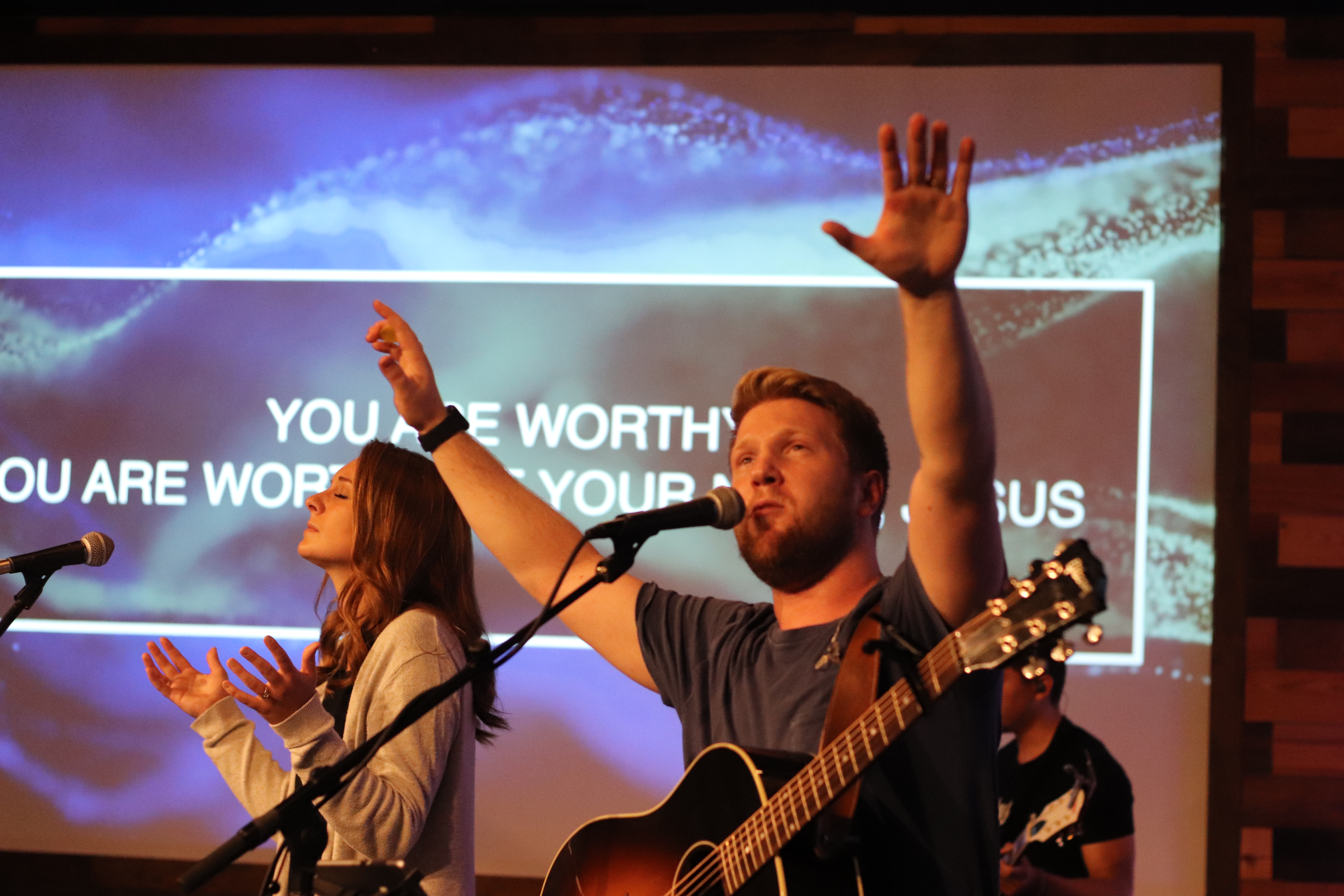Can you think of some times lately when you felt truly excited? Before you read any further, would you take just a few uninterrupted moments to think about one of those moments, whenever and wherever it was?
Go back to that moment and think about how you expressed yourself. Did you clap, shout, or jump around at all? Did you smile or laugh out of joy? Would someone that you didn’t know have been able to tell that you were excited in that moment without speaking to you?
Here is my last question for you (I promise): did corporate worship in your local church come up as one of those moments for you? I imagine that, for many of us, sporting events, concerts, and vacation destinations are events that we get excited about. And why wouldn’t we? Entertainment, rest, and adventure are great gifts. For many Christians, however, they invoke emotional and physical responses that are not typical in their participation in corporate worship in their local church.
For many, the culture of the local church where they grew up plays a significant role in whether they do or do not express themselves physically during worship. Physical expression can be viewed as something unique to charismatic cultures, and not as a normal aspect of Christian worship. Scripture actually affirms that physical expression is an important component of biblical worship. In fact, out of roughly 110 times the English word worship is found in the Old Testament, 83 of them are translated from the Hebrew word חוה (ḥwh), which means to bow down. Most Christians would agree that the Bible is authoritative in all that it affirms, but many just simply don’t know what it says about physical responses to God’s glory, honor, and power. Below are some correlations and actions pertaining to our countenance and physical expression that are modeled in Scripture.
Countenance
- Definition – One’s face as an indication of mood, emotion, or character¹
- Scripture References
- Proverbs 15:13
- Psalm 21:6
- Genesis 4:5-6
Lifting Hands
- Definition – A human gesture which can be a sign of worship and adoration or indicate the swearing of a solemn oath²
- Scripture References
- Psalm 63:4
- Psalm 119:48
- Nehemiah 8:6
Clapping Hands
- Definition – Applauding with one’s hands, as an expression of delight³
- Scripture References
- Psalm 47:1-4
- Isaiah 55:12
- Psalm 98:8
Kneeling/Bowing
- Definition – A bodily posture which expresses an attitude of humility, especially in worship, prayer or submission to the authority of another person4
- Scripture References
- Philippians 2:9-11
- Romans 14:10-11
- Psalm 95:6
Once again, it is very clear that physical expression takes its form in a variety of ways throughout the Bible, but mere knowledge of these actions often isn’t enough to move us to that place personally. Unfortunately, our sin requires head knowledge to pass through filters of selfishness and insecurity before it actually affects our hearts and actions, which, in this case, makes us more worried about what we look like to others than what the Bible says about worship. At some point in our lives, we have to realize that God is worthy of all our praise simply because of who He is, and we can only arrive at this realization through consistent personal reflection on His character and attributes.
Here’s how I think we can apply these principles as worship leaders:
- We need to first be worshipers before worship leaders. If you struggle to worship God for who He is in your own life, it wouldn’t be fair for you to ask others to do so under your leadership. Find a time this week to bow before the Lord in uninterrupted prayer and acknowledge His authority over your life.
- Always remember that corporate worship is not about us or what we look like. If you are worried about being judged by others because of your posture in corporate worship, think about what a privilege it is to even have the option to express yourself in this manner. Isaiah 55:12 and Psalm 98:8 point to a day when creation will clap for joy because of God’s redemptive work. The trees and rivers can’t do that right now, but you can. Take advantage of that!
- When we express ourselves with our posture, we are communicating to our people that it is okay for them to do so too. As we sing with good countenance and posture, we are utilizing the time we have to teach a biblical response of thankfulness to the truths that we sing (Col. 3:16). Hopefully, those in our congregations who are struggling to open up during worship can then gaze around the room and be encouraged by their fellow saints to respond to their Creator in a similar manner.
- Don’t be discouraged if your people aren’t living up to your expectations of what their posture should be like during worship. If you have struggled to lift up your hands while singing at any point in your relationship with Jesus, how can you be frustrated with those who are in that same place? Our peoples’ response to the Lord has nothing to do with us, but everything to do with the gospel. Teach them what it means to have a biblical posture of worship, and pray that they would have an individual transformation by the power of the Holy Spirit to worship our King Jesus solely for who He is and what He has done.
¹ Chad Brand et al., eds., “Countenance,” Holman Illustrated Bible Dictionary (Nashville, TN: Holman Bible Publishers, 2003), 352.
² Martin H. Manser, Dictionary of Bible Themes: The Accessible and Comprehensive Tool for Topical Studies (London: Martin Manser, 2009).
³ Ibid.
4 Ibid.

